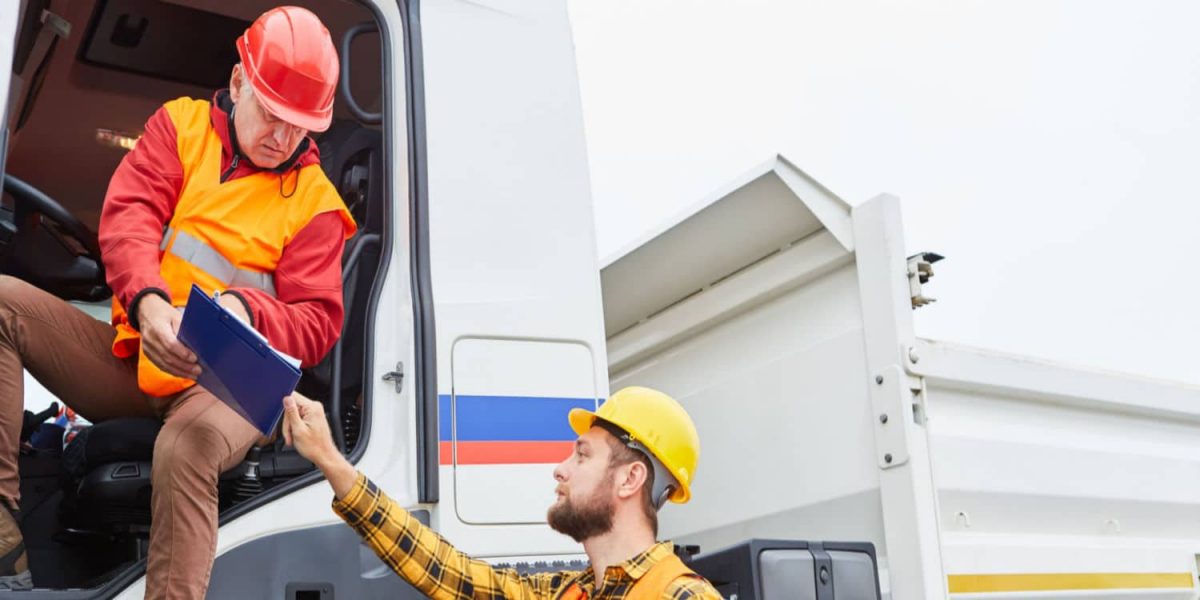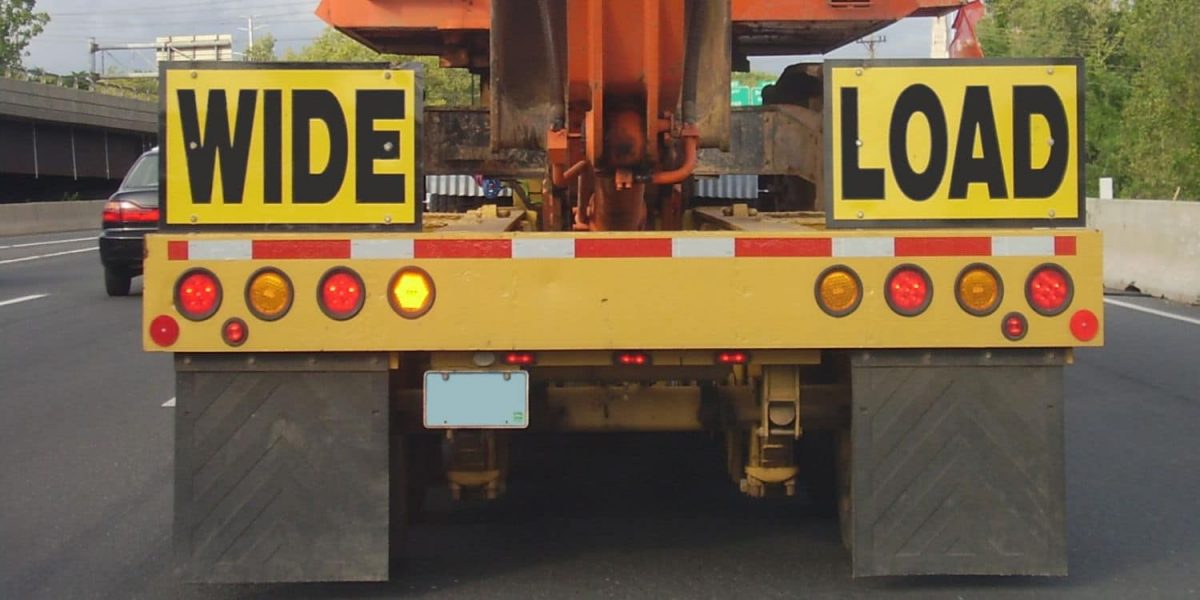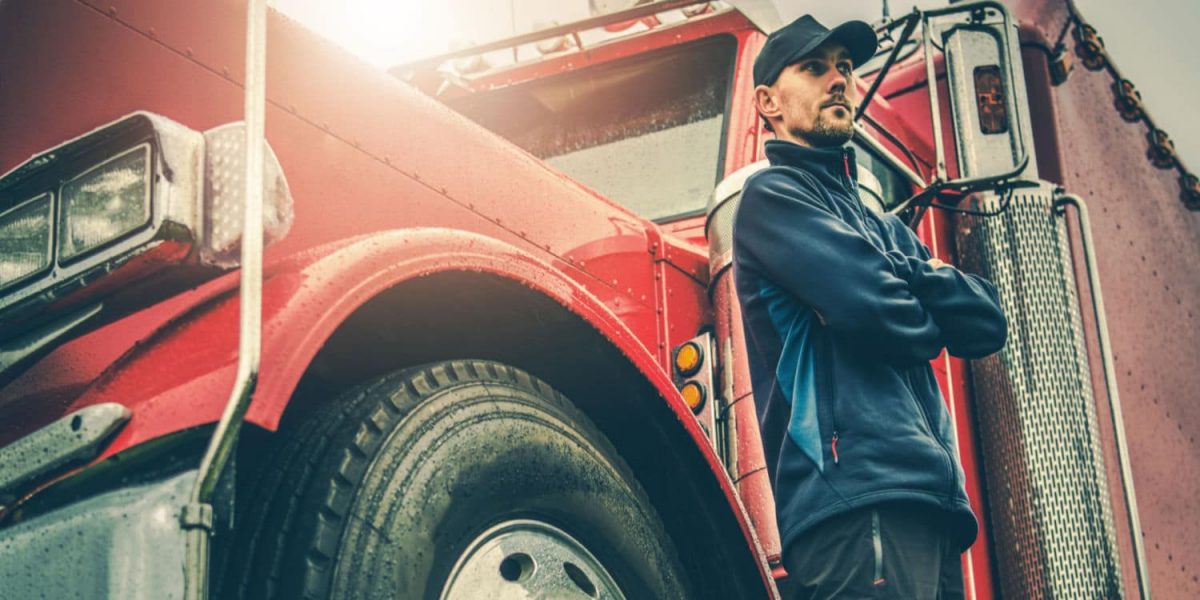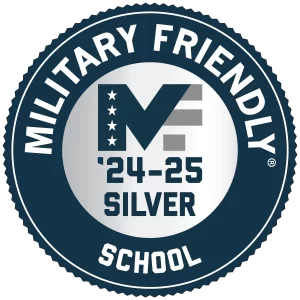Trucking is a great career option with high earning potential. Drivers can earn more than $72,000 per year.* The process for calculating how much truck drivers earn is different than it is in other industries. While some regional and local driving jobs pay per hour or a salary, most long-haul jobs pay per mile. If you’re interested in a trucking career, it’s important to understand how per-mile pay works.
Benefits of Per-Mile Pay
With per-mile pay, how much you earn is based on your performance. While there are sometimes factors out of your control that affect how far you can travel, over time, the best truckers are able to learn skills like trip planning to help them get more miles. For highly motivated individuals, this can make trucking an attractive career option because you can work harder to earn more. Many companies also have bonuses for drivers that are able to meet certain mileage goals, further increasing your earning potential.
Potential Challenges
In cases of heavy traffic, bad weather, or other delays, it can be harder to hit your mileage goals. It’s important to be aware of this and to plan strategies to manage your stress when this occurs. For some types of delays, like if you are waiting to be unloaded at a receiver, your motor carrier may offer supplemental pay. Be sure you know and understand your company’s pay structure for these circumstances.
Types of Per-Mile Pay
There are a few different ways trucking companies may calculate the miles you get paid for.
Some of the most common include:
Practical Mileage
When you input your starting location and address into your electronic logging device (ELD) or a GPS, it calculates the number of miles between them based on the most efficient path. Motor carriers that pay practical mileage pay based on the number of miles in this calculation. Of course, you may not necessarily drive this exact route. In fact, as you get used to driving, you’ll likely find more efficient ways to avoid areas with heavy traffic or where you may have difficulty parking to rest. However, you’ll still get paid based on the miles in the calculated path.
Household Goods/Zip Code Miles
Household Goods (HHG) miles, also known as zip code miles, calculate the distance between the post office zip code in the city you start in and the post office zip code of the destination.
Hub Mileage/Actual Miles
Hub mileage, also called actual miles, means your motor carrier pays you based on the actual mileage change on your odometer. It means you get paid for all the miles you drive. This can be beneficial since you get paid for any changes in the route due to traffic conditions or any stops you have to make.
Sliding Scales
Some companies with short-haul routes will use a sliding scale to give drivers with shorter routes a chance to earn more competitive pay. In this case, the company will split the routes into different categories and pay a greater cents per mile (CPM) rate for distances under a certain number of miles.
Get Your Trucking Career Started
If you’re interested in a career in trucking, HDS Truck Driving Institute (HDS truck driving school) can help you get started. We offer high-quality training and job placement assistance. With our programs, you can get on the road and earning in as little as four weeks.
To learn more about our CDL training, contact us today.
*Professional truck drivers earn a mean annual wage of $48,310 (https://www.bls.gov/oes/current/oes533032.htm). The top 10% of truck drivers make more than $72,730 per year according to 2021 Bureau of Labor Statistics.






















